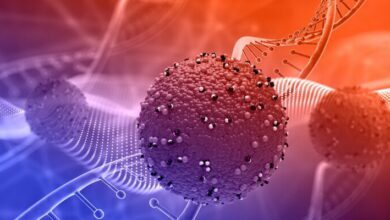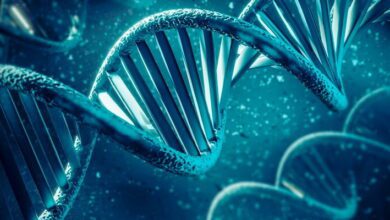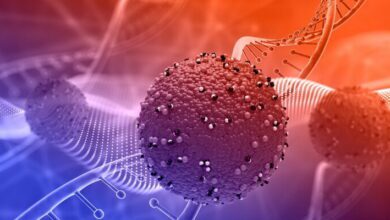Microbial Genetics MCQs with Answers

Welcome to the Microbial Genetics MCQs with Answers. In this post, we have shared Microbial Genetics Online Test for different competitive exams. Find practice Microbial Genetics Practice Questions with answers in Biology Tests exams here. Each question offers a chance to enhance your knowledge regarding Microbial Genetics.
| Microbial genetics is the term given to the study of genes and their variation in heredity in microorganisms such as bacteria, viruses, fungi, and protozoa. It is a subspecialty of genetics and discusses the manner in which genes are inherited, expressed, and regulated in these organisms, thereby explaining their biology and behavior. Determining that genetic makeup of microbes may range from genomes to genes and mutations within that gene would go to be crucial towards the understanding of microbial genetics. Scientists thus have studied mechanisms of horizontal gene transfer through transformation, transduction, and conjugation that contribute to the genetic diversity of populations of microbe. The most relevant areas of microbial genetics concern gene expression regulation. Scientists explore how microorganisms regulate the expression of their genes if there is a change in the environment, thus unveiling mechanisms of growth and metabolism in microbes and pathogenicity mechanisms. For example, mechanisms explaining how bacteria cope with stress or work concerning bacterial operons and how bacteria regulate virulence factors through networks of regulation. It has a very significant basis in biotechnology and medicine. Techniques from genetic engineering to CRISPR-Cas9 are used to meddle with the microbial genomes for applications from making antibiotics to gene therapy. It brings about the advancement of vaccines and treatments in infectious diseases through microbial genetics as well. In a nutshell, the microbial genetics provides basic information regarding the microbial life, propelling innovations in science and medicine. |
Microbial Genetics Online Quiz
By presenting 3 options to choose from, Microbial Genetics Quiz which cover a wide range of topics and levels of difficulty, making them adaptable to various learning objectives and preferences. You will have to read all the given answers of Microbial Genetics Questions and Answers and click over the correct answer.
- Test Name: Microbial Genetics MCQ Quiz Practice
- Type: Quiz Test
- Total Questions: 40
- Total Marks: 40
- Time: 40 minutes
Note: Answer of the questions will change randomly each time you start the test. Practice each quiz test at least 3 times if you want to secure High Marks. Once you are finished, click the View Results button. If any answer looks wrong to you in Quizzes. simply click on question and comment below that question. so that we can update the answer in the quiz section.
Download Certificate of Quiz Microbial Genetics
On the end of Quiz, you can download the certificate of the quiz if you got more than 70% marks. Add a certificate to your job application or social profile (like LinkedIn) and get more job offers.
If you are interested to enhance your knowledge regarding English, Physics, Chemistry, and Computer please click on the link of each category, you will be redirected to dedicated website for each category.




